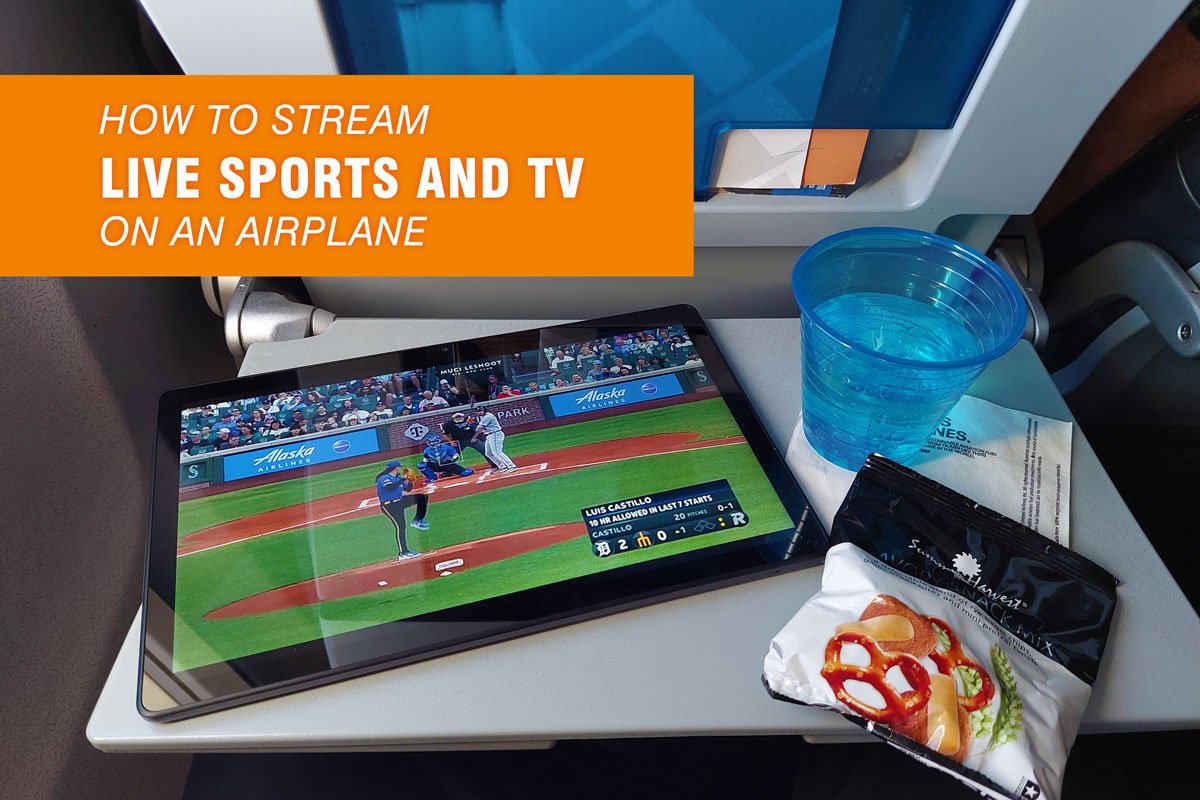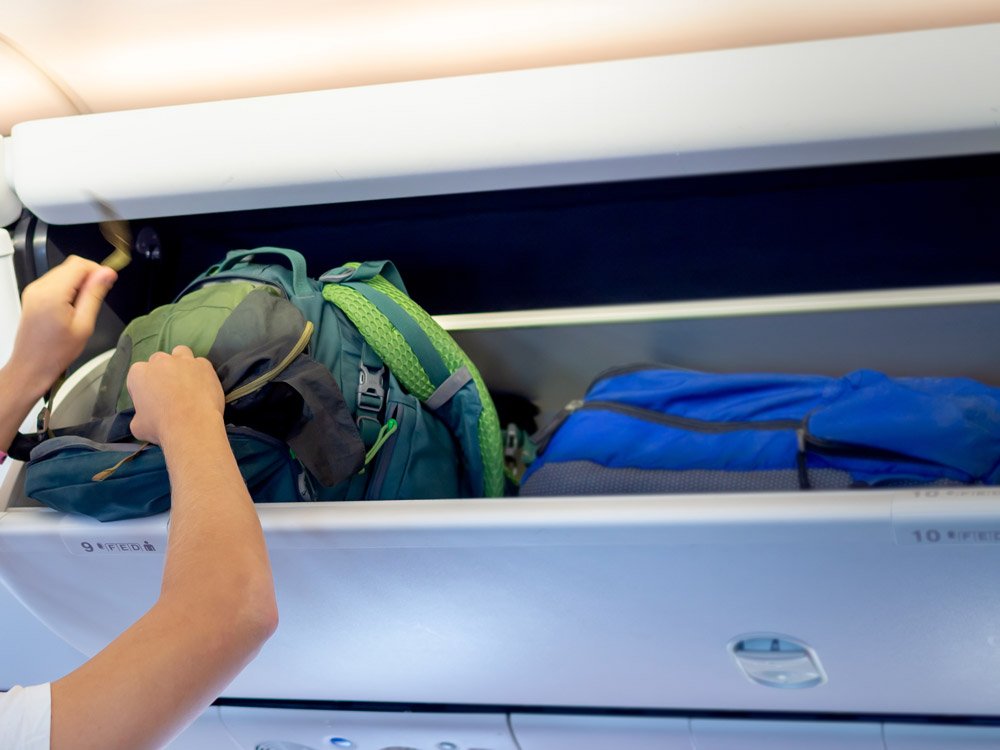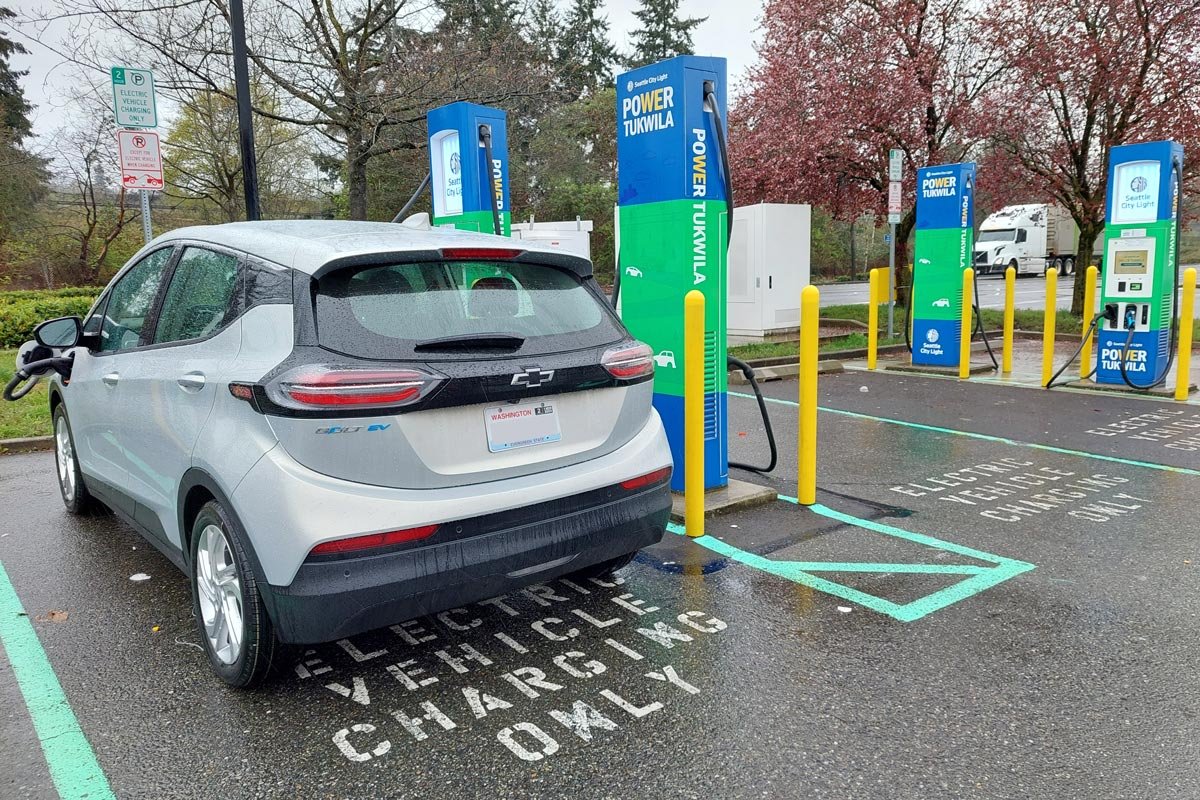Southwest Airlines (finally) announces in-seat power, but details are underwhelming
In-seat USB-A and USB-C power outlets will be taking flight on Southwest Airlines beginning in 2023 on its Boeing 737 MAX aircraft, the airline announced.
Image: Southwest Airlines
Southwest Airlines lovers rejoice! It’s been a long road, but on Thursday, May 11, 2022, Southwest Airlines revealed a five-year, two-billion dollar investment program to upgrade its passenger experience. Improvements will enhance both the experience on the ground (with improved digital customer service tools) as well in the air with multiple improvements to Southwest’s onboard no frills product.
Announced enhancements to the flight experience include including larger overhead bins, faster Wi-Fi, expanded in-flight entertainment and catering options, and yes (finally), the addition of in-seat power. You read that right – you will soon be able to plug in on a Southwest flight.
As many Southwest flyers are aware, up until today’s announcement Southwest’s lack of in-seat power has been a point of contention for many. "The ability to keep your devices charged while you are connected inflight is a request that we've heard consistently in ongoing conversations with our Customers," said Tony Roach, Vice President of Customer Experience and Customer Relations.
ADVERTISEMENTBehind the times, but a welcome step for the future
Southwest becomes the last major carrier in the United States (with the exception of ultra-low cost carriers) to bring in-seat power to its aircraft. That it took this long is rather shocking, even if welcoming, as Southwest’s primary competitors American, United, Delta, Alaska, and JetBlue had already been offering in-seat power for many years prior.
Even all the way back in 2013, competitor Alaska Airlines had the foresight to not only offer outlets but to offer outlets for each individual seat, versus many other carriers where passengers are (still) forced to share outlets. Alaska has since built on that philosophy with its latest generation of seats that offer individual outlets both at knee level and shoulder level.
Southwest’s competitors, such as Alaska Airlines (pictured here) have had in-seat power for years and offer a more robust systems, including power at both the knee level and shoulder level, device holders, USB power outlets, as well as 3-prong 110v outlets.
Image: The Window Flyer
Anyway, back to Southwest. No more stressing over a device with a dead battery midway through your flight. Parents with children can keep those tablets charged. Business travelers can charge up their phones after a long day of meetings, charge up their tablets while streaming live TV and sports on the plane trip home, and also keep their laptops (purportedly…more on that later) charged during inflight work.
With today’s announcement, you might be wondering if your next Southwest flight will have a place to plug in. This is where the details begin to dampen the hype. Here are our thoughts on the reality of the situation.
It’s going to take Southwest years to roll out onboard, in-seat power
Southwest obviously has a large fleet of aircraft. Over 700 combined Boeing 737 and 737 MAX planes adorn the airline’s bold blue livery.
It’s going to take a while to roll out the changes and upgrade cabins. The airline doesn’t plan to launch its first cabin with in-seat power until 2023, so realistically it probably won’t be until 2024 that we begin to see a significant group of planes featuring on board power outlets.
Furthermore, beyond the mere mention of a five-year investment plan, Southwest did not announce a specific target completion date for in-seat power, which could indicate the airline does not plan on implementing it at an aggressive pace.
Only a very small percentage of Southwest’s fleet will have in-seat power
As part of the announcement, Southwest has stated that it will only offer the power outlets on its newer 737 MAX aircraft. Currently, the Boeing 737 MAX makes up just 10% of Southwest Airlines’ fleet. So even after every MAX aircraft is equipped, don’t keep your hopes up that your next flight will have in-seat power.
While Southwest has over 400 MAX aircraft on order, which are in part intended to replace the older 737 NG aircraft in its fleet, it will be many, many years until the 737 MAX becomes the majority aircraft in Southwest’s fleet.
As a side note, if you’re still worried about flying on a 737 MAX – don’t be, our opinion is that it is safe. And if you want to know the difference between a newer MAX and the older 737 NG, be sure to read our guide on how to tell these two generations of the 737 apart.
Southwest’s Boeing 737-700 aircraft currently do not have in-seat power, and the airline has no plans to retrofit older aircraft in its fleet. Only Southwest’s newer Boeing 737 MAX aircraft will receive in-seat power.
Image: The Window Flyer
No easy way to charge a laptop on Southwest
Southwest claims that laptops can be charged, which should appeal to business travelers. However, Southwest’s implementation of in-seat power will only offer power via a USB-A and a USB-C port.
This will make charging laptops virtually impossible on Southwest as pretty much every laptop out on the market uses a charger and adapter with a two or three prong plug. Most other airlines offer three prong 110 VAC outlets for plugging laptop chargers in.
Aside from the plug format, 110 VAC outlets traditionally supply higher levels of power than a USB outlet. Ever notice how its faster to charge your phone with the power adapter versus just plugging it into a USB outlet in the wall, or on a computer or power bank?
So even though some smaller, compact laptops are capable of being charged via low voltage USB power ports, the voltage and power output may be so low that your device never recognizes the charge, or draws power faster than the power port can actually supply. We’ve seen this happen with high-end phones and tablets before, so one can only imagine how slowly a laptop battery will charge (or drain) when plugged into a measly USB port.
Seats won’t include device holders
Based on the photos released by Southwest, while their seats will feature USB power ports at shoulder level, the seat backs themselves will not have any device holders that becoming commonplace at other airlines.
This is a bit of a bummer because with a shoulder-level power port, and no place to put your device next to the port, passengers will be forced to hold their device at lap-level, or place it on the table tray. The fact that one end of the cord is coming from up high, leading to a device being held down low means the cord could likely get on one’s way. It could also cause some awkward device handling since charge ports are typically located on the bottom side of tablets and phones, opposite from the side the cord is coming from.
ADVERTISEMENTZoned-power output is shared with dozens of seats
In the announcement, Southwest touts the technical aspects of its new system. The airline will implement a “Zone-based power system” that is space-saving and does not compromise legroom.
How does a zoned in-seat power system work?
The reference to legroom encroachment refers to the power box that is commonly seen beneath each row of seats on a lot of other air carriers. A zoned system reduces the number of power boxes on the aircraft, feeding larger blocks of seats from a smaller quantity of boxes. There are also cost savings with implementing a zoned system since the wiring is simpler.
However, despite the space savings for passengers and the cost savings for the airline, there may be disadvantages.
Think of it like zones in an automatic lawn sprinkler system – multiple sprinkler heads in each zone share the same water source and pipe. And if you have too many heads tied to a single zone, you get pressure drops. Only so much water can be fed to each head. Or in the context of an electrical system, each power supply can only supply so much power. So each outlet pulling from said power supply will be capped in how much power it can output, leading to increased charging times versus a more traditional system where each row gets its own power box.
Conclusion
All in all, Southwest’s announcement that in-seat power is finally coming to its fleet is a welcome sight for many Southwest fans. However, understanding the announcement in the context of where the airline is at in terms of fleet size, fleet mix, system details, and rollout plans is equally important.
The analysis does raise some questions about how well the implementation of in-seat power will go at Southwest. On the surface, it doesn’t appear to be a as robust of an amenity as in-seat power offerings at other airlines, most notably, relying on USB ports and forgoing ports with three prong outlets, as well as the decision to only roll it out to newer 737 MAX aircraft as opposed to retrofitting its existing 737 NG fleet. It’s not like Southwest’s 737-800s, which make up 30% of its fleet, are even that old.
We do give Southwest credit for providing power to each individual seat though, which is something not commonly seen on other carriers, unless they are named Alaska. If we’re lucky enough eventually fly on a Southwest plane with in seat power, we’ll be sure to test it out, write a review, and share with our readers our updated thoughts. But for now, all we have to form our opinions on is the official press release.
Know someone who flies on Southwest? Please be sure to share this article with them!
ADVERTISEMENTRelated Content











